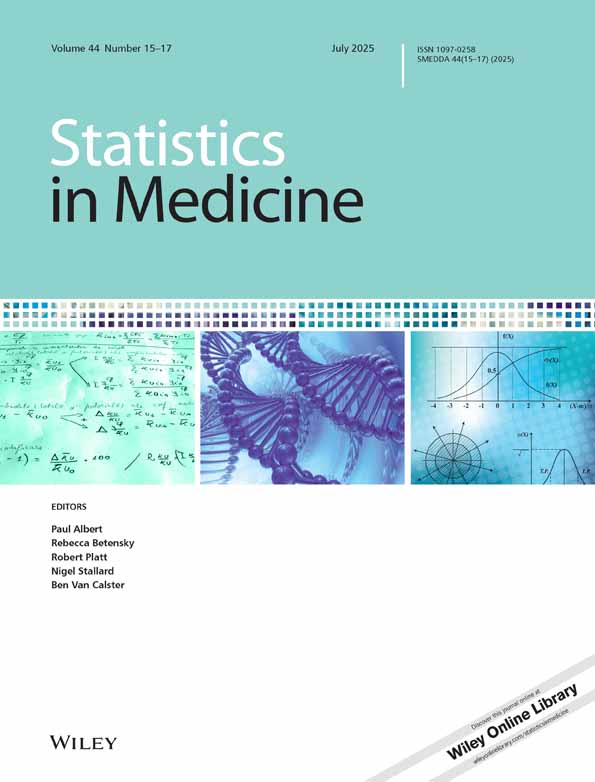Covariance models for nested repeated measures data: analysis of ovarian steroid secretion data†
This article is a U.S. Government work and is in the public domain in the U.S.A.
Abstract
We consider several covariance models for analysing repeated measures data from a study of ovarian steroid secretion in reproductive-aged women. Urinary oestradiol and serum oestrogen were repeatedly observed over three or four menstrual periods, each period separated by one year. For each menstrual period, daily first morning urine specimens were collected 8 to 18 times, and serum specimens 2 to 5 times. Thus, measurements were repeatedly observed over menstrual cycle days within menstrual periods. Owing to missing observations, the number of observations differed from subject to subject. In this study, there were two repeat factors: menstrual cycle day and menstrual period. The first repeat factor, cycle day, is nested within the second repeat factor, menstrual period. In analysing these nested repeated measures data, the correlation structure should be modelled that will account for both repeat factors. We present several covariance models for defining appropriate covariance structures for these data. Published in 2002 by John Wiley & Sons, Ltd.




